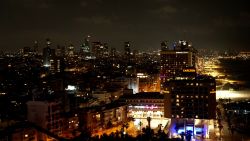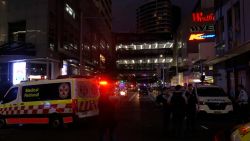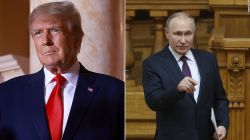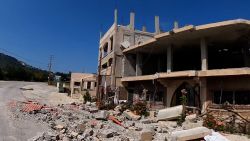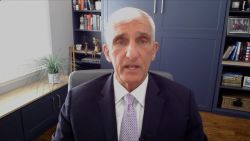Chief among the many grievances fueling the most widespread wave of protests Colombia has seen in years — including health reform, subsidies to informal workers, and a ban on forced coca eradication — were the police brutality and human rights abuses that many demonstrators accuse the country’s security forces of committing.
Proposed tax reforms initially sparked the protests, but security forces’ response also awakened deep mistrust toward them, which in turn ignited a national, still unarticulated movement.
According to Temblores, a Colombian NGO tracking alleged police abuses, there have been over 1,800 cases of police violence since the marches began on April 28, along with numerous incidents of policemen firing tear gas and rubber bullets at protesters that have gone viral on social media. The data is based on a compilation of media reports. The US-based Open Society Foundations are among Temblores’ financial supporters.
Officers of the Colombian National Police were involved in the death of at least 11 protesters in the last seven days, according to the country’s interior minister Daniel Palacios, who told CNN that at least three arrest warrants have been issued for officers involved in the deaths.
At the same time, the police have been targeted by groups of violent rioters, with 25 police stations attacked since the protests began, according to the Colombian ombudsman’s office. In one case, protesters set fire to a police station in Bogota with at least 10 officers trapped inside. The images captured then went viral and triggered another debate between those defending the police and those asking for deep reforms within the body.
Violent confrontations between the Colombian police and protesters have erupted before: Just last year, dozens of police stations in Bogota were vandalized in September in another wave of protests against police violence, a tragic episode in which at least 13 people died.
The roots of this conflict run into Colombia’s past, tapping into both the strain of the recent Covid-19 pressures, and the country’s long history of conflict.
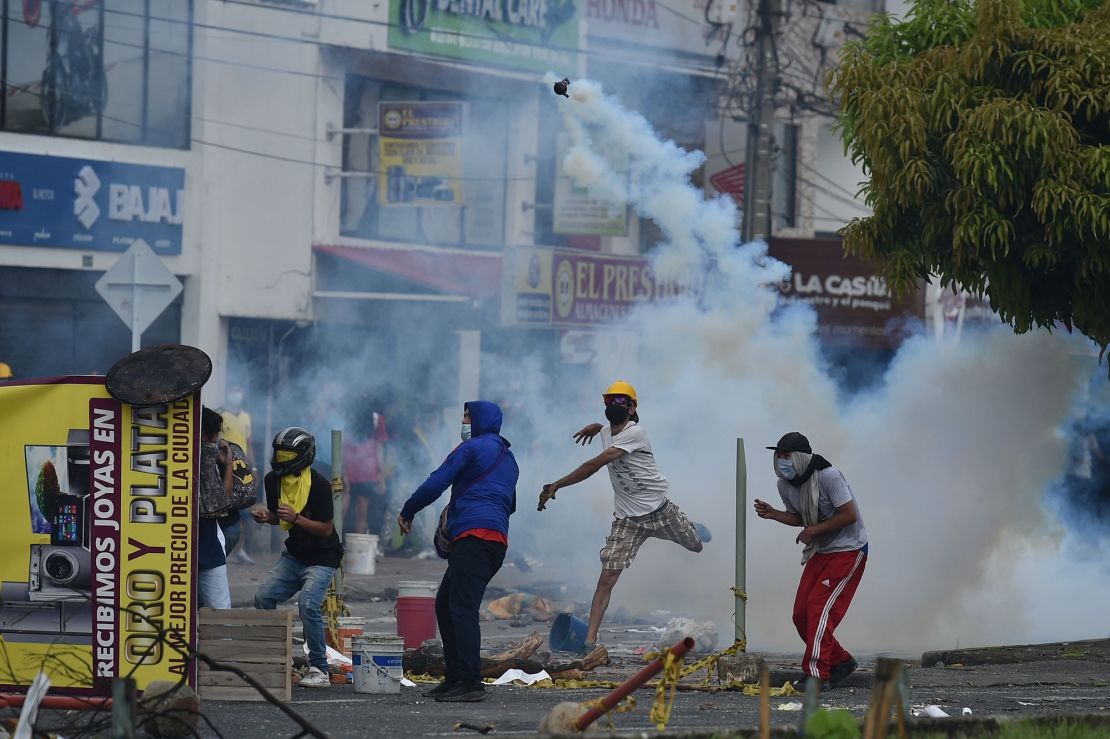
Zealous lockdown enforcers
In Colombia, the pandemic has impacted everyone’s finances: from informal workers who were not allowed to work, to those who lost their job to the finances of the state itself.
Colombia’s debt shot up 20 billion USD in five months under the lockdown, putting pressure on the government to increase revenues through taxes. Meanwhile, unemployment almost doubled between March and June last year as a result of the lockdowns.
While the loss of jobs eased after the peak of the crisis, as of March this year, some 16.8% of workers in the 13 largest cities and metro areas were without a job: 3.4 percent points more than in March 2020. That’s about half-a-million more people unemployed year-over-year, according to DANE, the government’s statistics agency.
Colombia’s months-long lockdown last year hit lower income classes and informal workers particularly hard. And the unpopular role of enforcing the lockdown largely fell onto the police, who were often the only state institution present in the small villages of rural Colombia and the vast slums surrounding the main metropolitan areas.
While social services and civic institutions had to close and work remotely, the police became the visible face of irksome restrictions imposed, including curfews, bans on alcohol sales and fines to the transgressors. Heavy fines have exacerbated antipathy toward the police, especially among citizens with less means.
Between March 2020 and April 2021, the Colombian police issued 2.5 million fines for breaking quarantine orders (about 6,400 per day) – roughly equivalent to the number of Covid-19 cases reported in Colombia over that period.
A legacy of war
The bitter tensions of the pandemic have also collided with a broader existential reckoning for Colombia’s police.
The South American nation was at war for most of the last half of the 20th century, as the government squared off against left-wing insurgents in cities and rural areas, right-wing paramilitary, and some of the most powerful drug cartels in the world, which in turn made competing alliances with either the guerrillas or the paramilitary.
Progress toward peace in urban areas began around the turn of the century, culminating in 2016 when, following a landmark peace agreement with the government, the Colombian Revolutionary Armed Forces (FARC) demilitarized and mostly entered civil life, mostly ending five long decades of continuous armed insurrection in the Colombian countryside. The Liberation National Army (ELN) guerrilla is still disrupting life in parts of the countryside, but the demobilization of FARC’s core elements has changed the dynamic of the insurgency.
That era shaped the police’s role in the country, as the government prioritized bringing narco kingpins to justice and enforcing the rule of law in conflict zones. The Colombian police, for example, were pulled into the Ministry of Defense during this period, rather than the Interior or Justice, as is typical in most other countries.
In Colombia, the police are not part of the Armed Forces like the Army, Navy and Air Force, though they do work closely together and are termed fuerza publica, security forces.
But if this arrangement made sense for a country at war, it is less relevant now.
“What we’re seeing now is a reflection of the fact that we haven’t had this moment of reckoning about what does it look like to have security forces in a country that is no longer at war?” says Elizabeth Dickinson, a Colombian analyst at the International Crisis Group, a think-tank that specializes on the legacy of the peace agreements.
During the civil war, Colombia’s security forces were considered a unifying element for the country, which helped to shield them from greater accountability to civil society.
But that’s no longer the case. According to the Special Peace Court charged with investigating the crimes committed during the war – part of the terms of the 2016 peace agreements – 6,402 Colombians were murdered by security forces in order to boost war killing tallies between 2002 and 2008, a scandal collectively known as “false positives” which has become a rallying cry for the disaffected.
The transition to peace has meant such crimes can now be investigated – and that the security forces are facing unprecedented scrutiny.
As Dickson put it, “Something that the street is really calling for is a signal that civilian authorities are able to hold accountable the police and the military for misconduct.”







